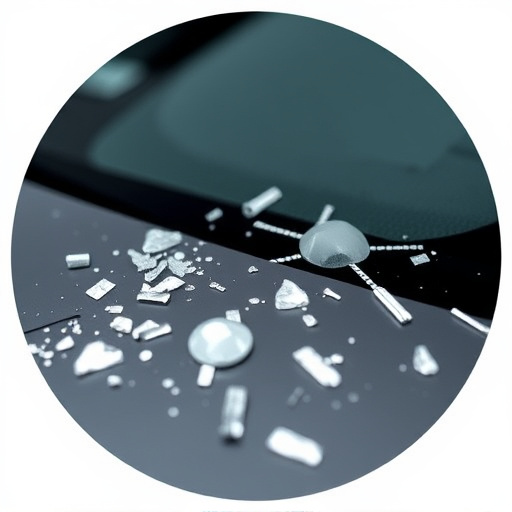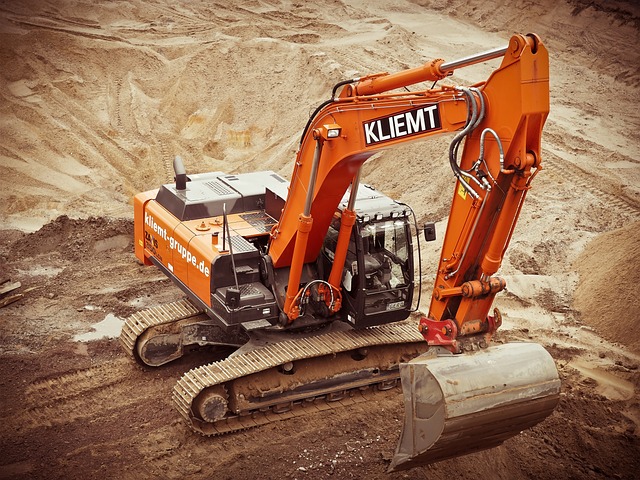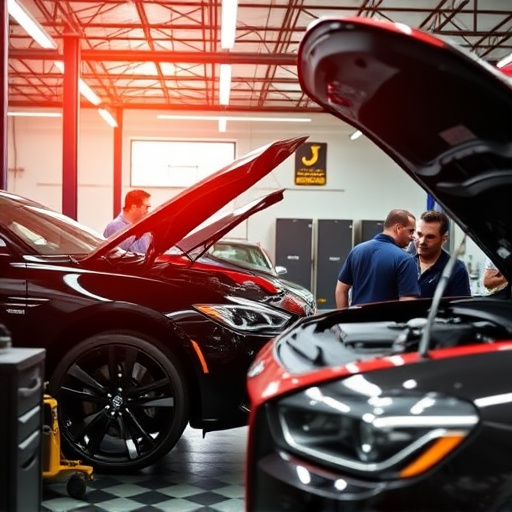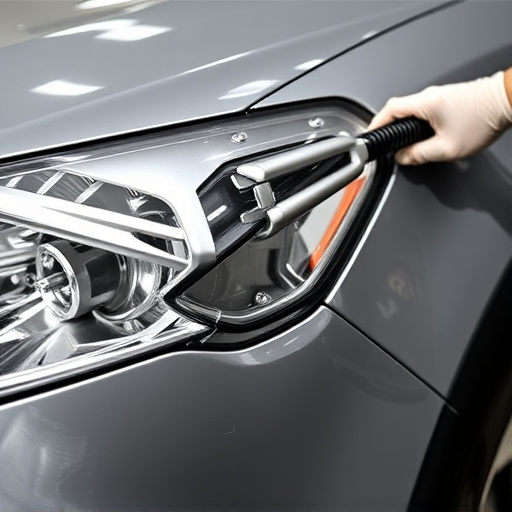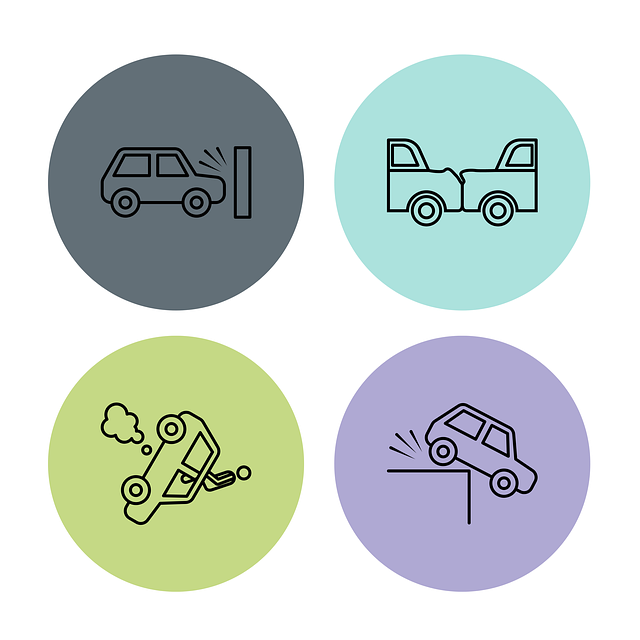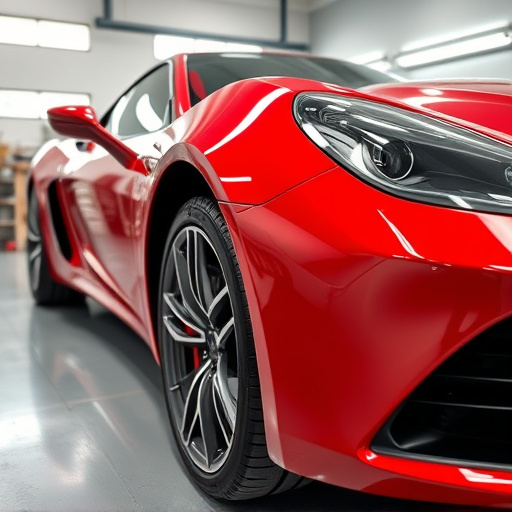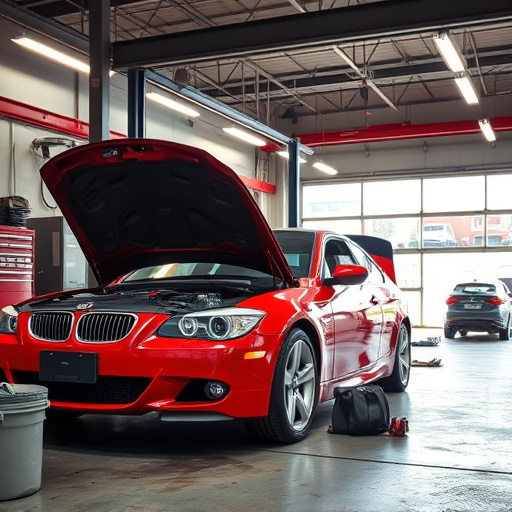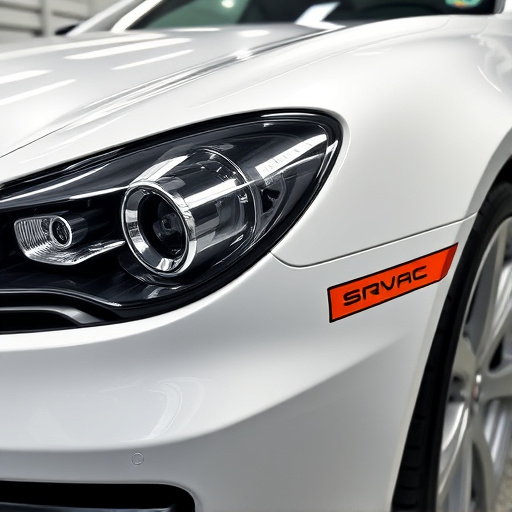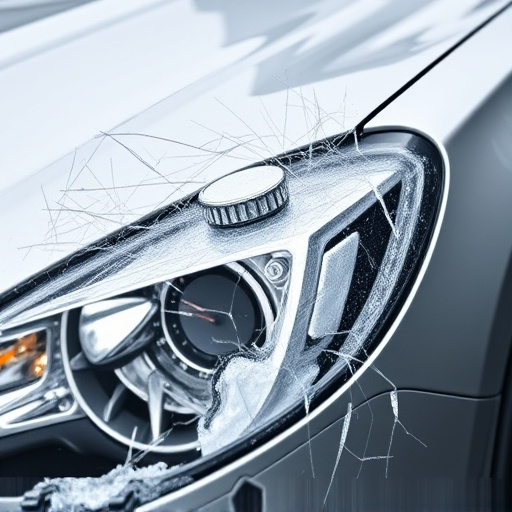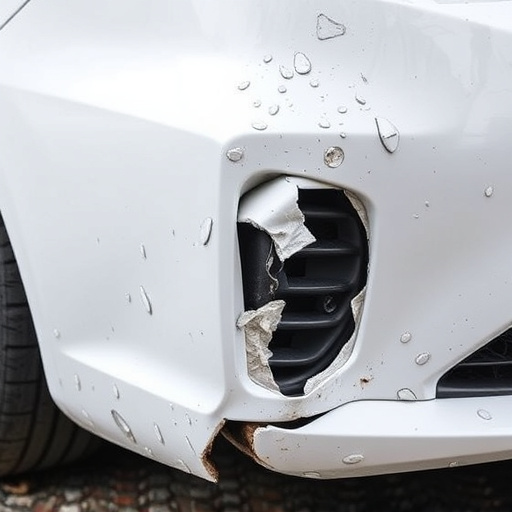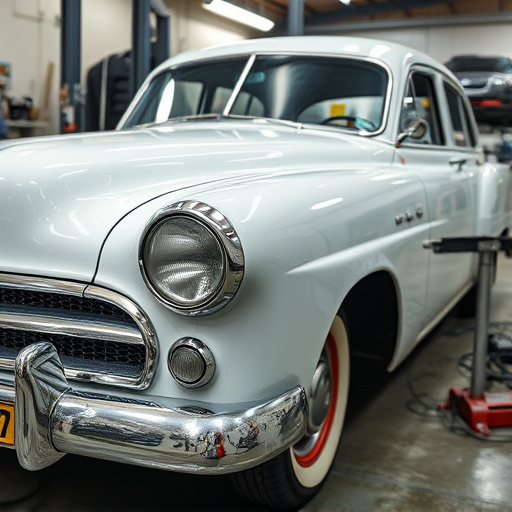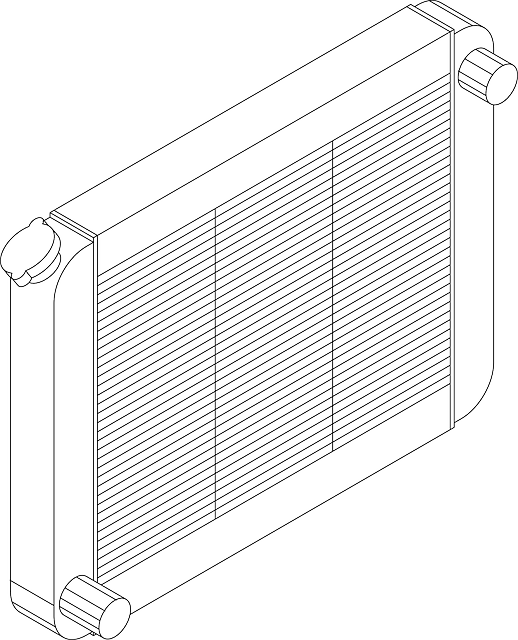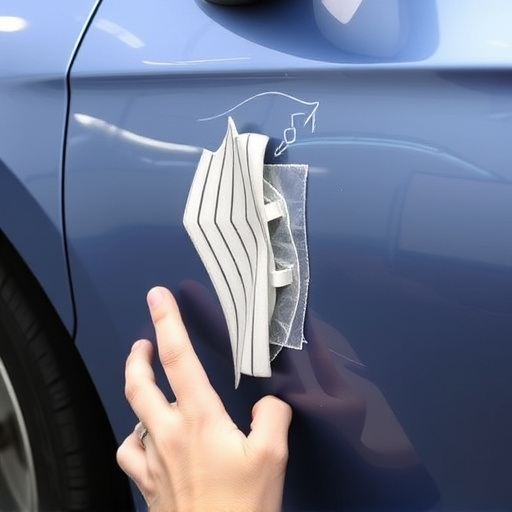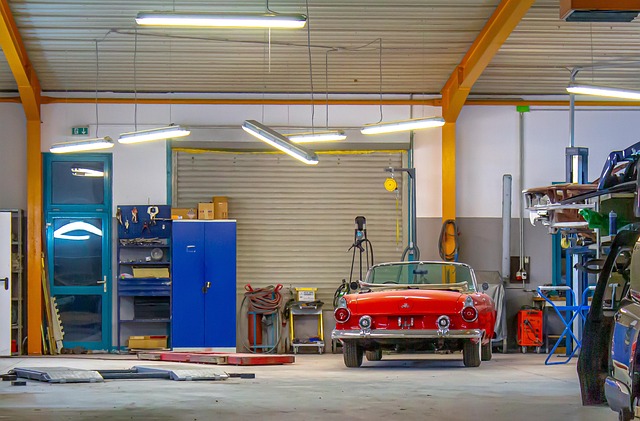Adhering to strict safety standards is crucial for glass replacement, especially in auto body repairs like Mercedes-Benz services, involving selecting suitable glass types (e.g., tempered or laminated) and proper installation methods for water resistance and structural integrity. Local legal requirements and permits are mandatory for safety glass installation, with regulations varying by region and focusing on occupant safety and structural integrity. In automotive applications, skilled technicians use high-quality tempered or laminated glass and advanced technologies to ensure accurate installations that meet industry standards.
When it comes to glass replacement, ensuring both safety and legality is paramount. This comprehensive guide explores the crucial elements of safe and legal glass replacement, delving into critical aspects like adhering to stringent safety standards, navigating legal requirements for permits, and selecting appropriate materials and techniques. By understanding these key factors, you’ll be well-equipped to ensure robust, compliant, and secure glass installations.
- Understanding Safety Standards for Glass Replacement
- Legal Requirements and Permits for Glass Installation
- Choosing the Right Materials and Techniques for Safe Results
Understanding Safety Standards for Glass Replacement

When it comes to glass replacement, understanding safety standards is paramount. It’s not just about choosing the right type of glass—it involves adhering to stringent regulations designed to protect both individuals and property. Safety glass replacement must meet specific criteria to prevent shattering into sharp, dangerous fragments in case of impact. This often includes using tempered or laminated glass, which are engineered to absorb and distribute energy, reducing the risk of injury.
In the context of auto body repairs, especially for luxury brands like Mercedes-Benz repair, these safety standards become even more critical. Proper installation methods must be employed, ensuring the glass is securely fastened and sealed to prevent water intrusion and maintain structural integrity. Professional technicians are trained to follow guidelines set by industry authorities, guaranteeing not just legal compliance but also the highest level of safety for vehicle occupants and bystanders alike.
Legal Requirements and Permits for Glass Installation

When undertaking glass replacement, whether it’s for a residential or commercial property, adhering to legal requirements and obtaining the necessary permits is paramount. The regulations surrounding safety glass installation vary by region, but they exist to ensure structural integrity and protect against potential hazards. These rules cover everything from material specifications to installation techniques, emphasizing the importance of hiring licensed professionals who understand these nuances.
In many jurisdictions, permits are mandatory for any work involving glass, particularly in high-risk areas like staircases, balconies, or near exit points. These permits ensure that the chosen materials meet stringent safety standards, such as impact resistance and shattering patterns. Additionally, local building codes often dictate specific types of glass, like tempered or laminated glass, suitable for particular applications. Compliance with these regulations not only ensures the safety of occupants but also avoids legal repercussions for property owners and installers alike, preventing issues with tire services, automotive repair, or vehicle dent repair that may arise from substandard work.
Choosing the Right Materials and Techniques for Safe Results

When it comes to safety glass replacement, choosing the right materials and techniques is paramount. Safety glass is designed to minimize the risk of injury during accidents or broken glass situations, making it a crucial component in many settings, from homes and businesses to vehicles. For auto body services and automotive body work, using high-quality tempered or laminated glass ensures that replacements not only look like the original but also meet or exceed safety standards. This involves selecting materials certified for specific applications, such as side windows, windshields, or backslids, ensuring they meet industry regulations.
Proper installation techniques are equally important in auto repair services. Skilled technicians employ modern tools and methods to replace glass panels accurately, preventing leaks and ensuring structural integrity. They use specialized adhesives, sealants, and edge sealing technologies to create a secure bond, enhancing the overall safety of the vehicle or structure. By adhering to these best practices, auto body services can guarantee that replacement glass not only looks good but also provides the necessary protection, making it an integral part of any comprehensive safety strategy.
When it comes to glass replacement, ensuring both safety and legality are paramount. By adhering to established safety standards, understanding legal requirements, and selecting appropriate materials and techniques, you can achieve secure and compliant results for any glass replacement project. Prioritizing these key elements protects not only your investment but also the well-being of all occupants. For peace of mind, always consult experts who specialize in safe glass replacement practices.
